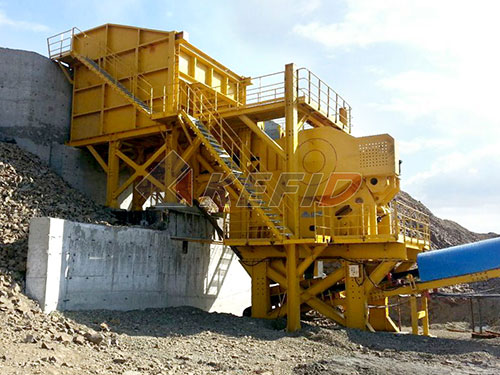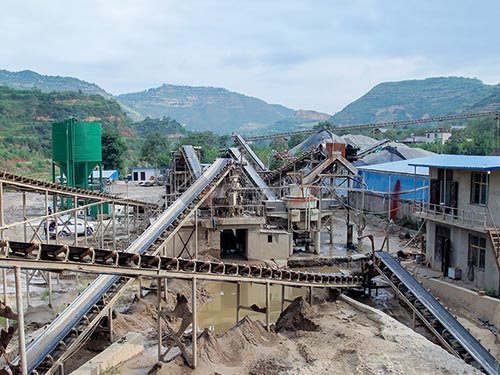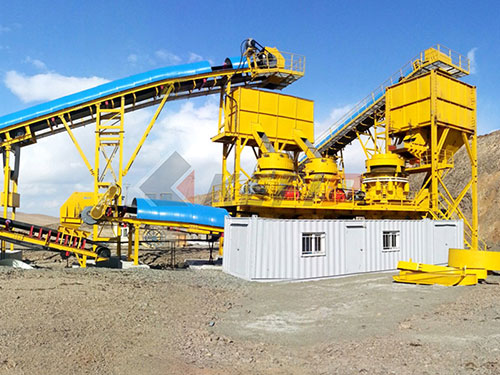The Economics of Crushed Pumice Stone Production in Peru: Costs, Pricing Dynamics, and Market Outlook

Peru stands as a significant global player in the production of industrial minerals, and among its valuable resources lies volcanic pumice stone. This lightweight, porous material finds extensive applications across construction, horticulture, abrasives, filtration, and personal care industries globally. Understanding the production costs and resulting pricing structure for crushed pumice stone within Peru requires a deep dive into geological factors, extraction methodologies, processing complexities, logistical challenges within the country’s unique geography, market demand forces both domestically and internationally.
Peru’s Pumice Advantage: Geological Wealth
Peru’s position along the Pacific Ring of Fire endows it with abundant volcanic deposits rich in pumice stone formations. producing regions include:
1. Arequipa: Home to numerous volcanoes like Misti and Chachani; historically a major source.
2. Moquegua & Tacna: Southern regions also host significant deposits.

3. Ayacucho & Huancavelica: Central Andean areas contributing to supply.
4. Cajamarca & Ancash: Northern regions showing increasing potential.
The quality varies by deposit concerning characteristics like porosity (affecting lightness), hardness (impacting abrasiveness), color (white/grey being most common), chemical inertness (crucial for filtration/horticulture), and purity levels regarding impurities like obsidian fragments or ash content.
Deconstructing Production Costs
The journey from volcanic deposit to bagged or bulk crushed pumice involves several cost centers that ultimately determine the factory gate price:
1. Exploration & Permitting:
Geological surveys to map viable deposits.
Securing mining concessions (“derechos mineros”) from INGEMMET/PERU MINEM.
Environmental Impact Assessments (EIAs) – increasingly stringent regulations add time and cost.
Community consultations (“Consulta Previa”) – essential for social license to operate near communities.
2. Mining Operations:
Methodology: Primarily open-pit mining due to surface/near-surface deposits.
Equipment: Costs involve excavators/loaders for extraction; haul trucks; potentially crushers/drill rigs/blasting equipment depending on deposit consolidation.
Labor: Skilled operators; site supervisors; support staff; compliance with labor laws/safety

Leave a Reply